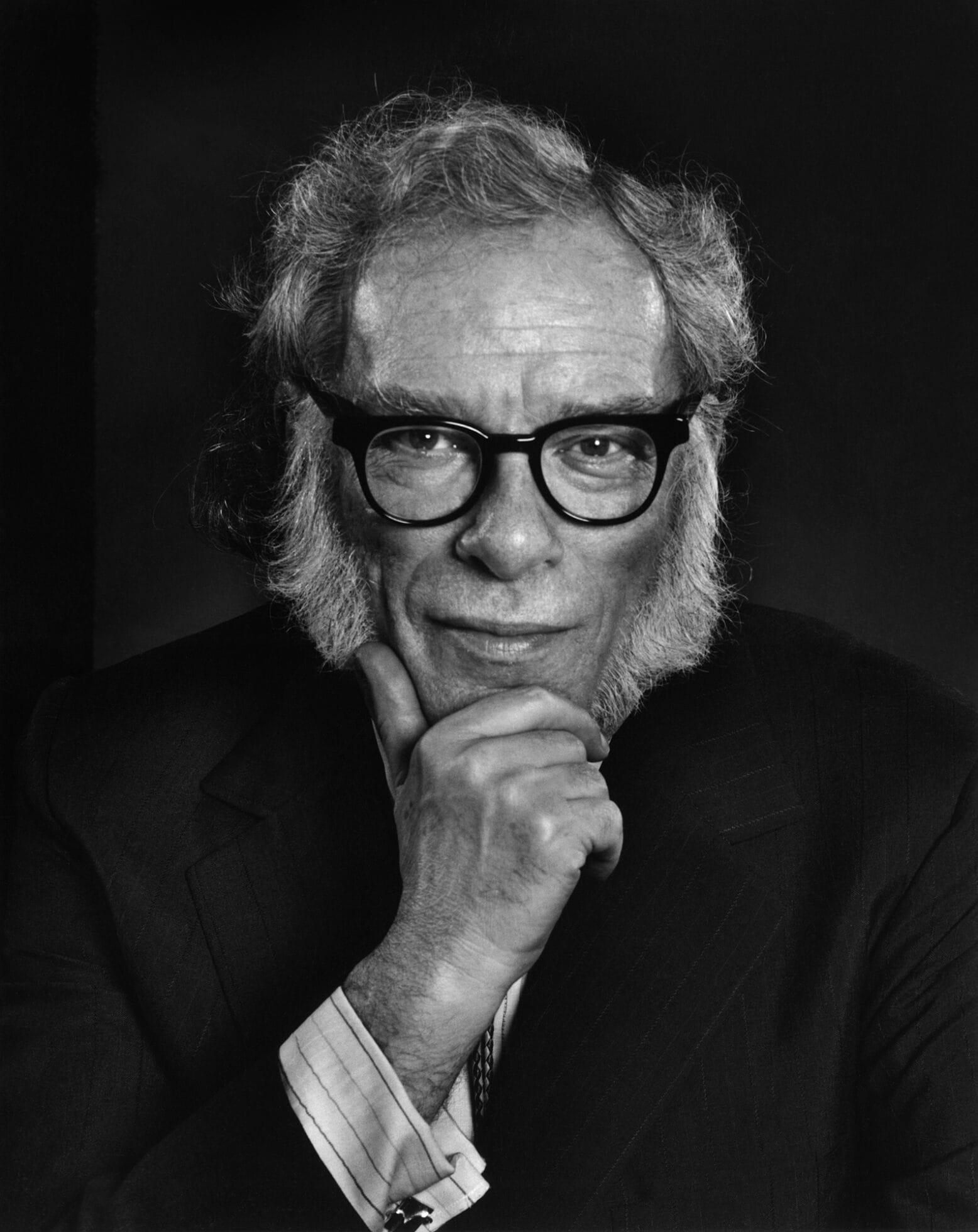Understanding Artificial Intelligence Through the Eyes of Isaac Asimov
Artificial intelligence (AI) is undoubtedly one of the defining topics of our time, yet pinning down a precise definition can be quite a challenge. In a thought-provoking interview from over 30 years ago, the esteemed science fiction author Isaac Asimov offered his perspective on AI, describing it as a term we apply to devices performing tasks that were once considered exclusive to human intelligence.
The Evolution of Tasks: From Humans to AI
Asimov reflected on how certain simple tasks, like alphabetizing cards, used to be the sole responsibility of humans. He noted that machines could accomplish such tasks in mere seconds, exemplifying early forms of artificial intelligence. He further pointed out that while humans aren’t particularly efficient at card sorting or arithmetic, even the most basic computer is capable of multiplying and dividing faster and more accurately than we can.
A New Frontier
Asimov suggested viewing AI as a frontier, evolving as machines take over jobs that humans traditionally handled. He stated:
- AI’s Pervasiveness: “Every industry, government, tax-collecting agencies, and even airplanes depend on computers.”
- Continuous Improvement: With home computers becoming better, cheaper, and more versatile, the future looks promising. Asimov posited that humanity could soon be liberated from monotonous tasks that don’t require significant thought or creativity.
The interview, featured in the 1992 documentary Visions of the Future, occurred in the final year of Asimov’s life. One can’t help but wonder how he would perceive the world in 2025—would he still view artificial and natural intelligence as partners rather than rivals?
Collaboration Between Minds
Asimov argued that artificial and human intelligence complement each other, stating, “They work together. Each supplies the lack of the other. And in cooperation, they can advance more rapidly than either could alone.” However, as a science fiction writer, he was also aware that progress often comes with challenges. He cautioned:
- Future Challenges: “Will there be difficulties? Undoubtedly. Will there be unpleasant aspects? Certainly. We must think ahead to prepare for potential challenges.”
Lessons from History
Reflecting on historical lessons, Asimov compared the advent of AI to the invention of the automobile. He suggested that it would have been beneficial to design our cities with the automobile in mind. Unfortunately, we developed urban areas that often don’t accommodate modern vehicles well, leading to congestion and other issues.
The Value of Human-Scale Design
Interestingly, many of the most enjoyable cities today were built before the car-centric planning of the post-World War II era. These older urban designs, created with pedestrians in mind, often provide a richer experience than their newer, sprawling counterparts. This leads to an important consideration for future generations:
- Preserving Pre-AI Elements: We might serve future generations best by maintaining the elements of our pre-AI world as much as possible.
Conclusion
Isaac Asimov’s insights into artificial intelligence provide valuable perspectives as we navigate the complexities of our technological future. His belief in the collaborative potential between human and artificial intelligence urges us to think critically about how we design our environments and prepare for advancements. By reflecting on the past and maintaining a balance between human experiences and technological growth, we can foster a future where both AI and humanity thrive together.
If you want to dive deeper into Asimov’s foresights regarding AI and technology, here are a few related readings:
- Isaac Asimov’s Predictions: How he foresaw computers becoming central to our existence.
- Arthur C. Clarke’s Insights: Future needs in the age of AI and existential dilemmas.
- Stephen Hawking on AI’s Impact: An exploration of capitalism and artificial intelligence’s role in shaping our fate.
Colin Marshall, based in Seoul, writes about cities, language, and culture. His projects include the Substack newsletter “Books on Cities” and the book “The Stateless City: A Walk through 21st-Century Los Angeles.” Follow him on social media at @colinmarshall.





